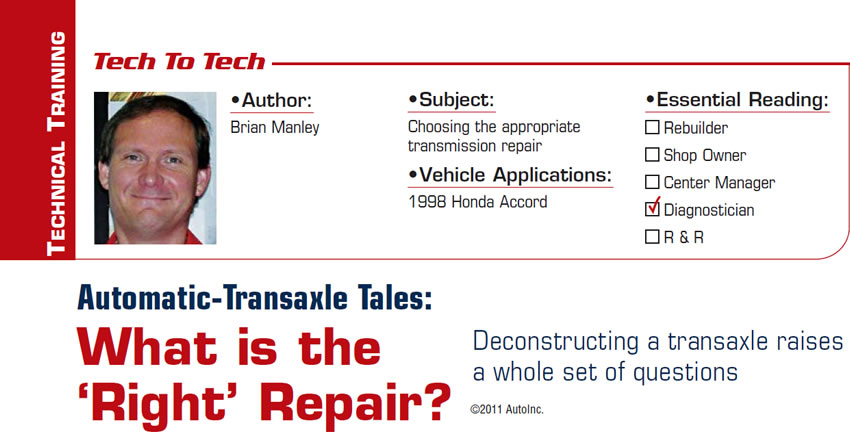Update: CVT Program Video
CVT diagnosis and repair has become increasingly difficult due to the computer controls.
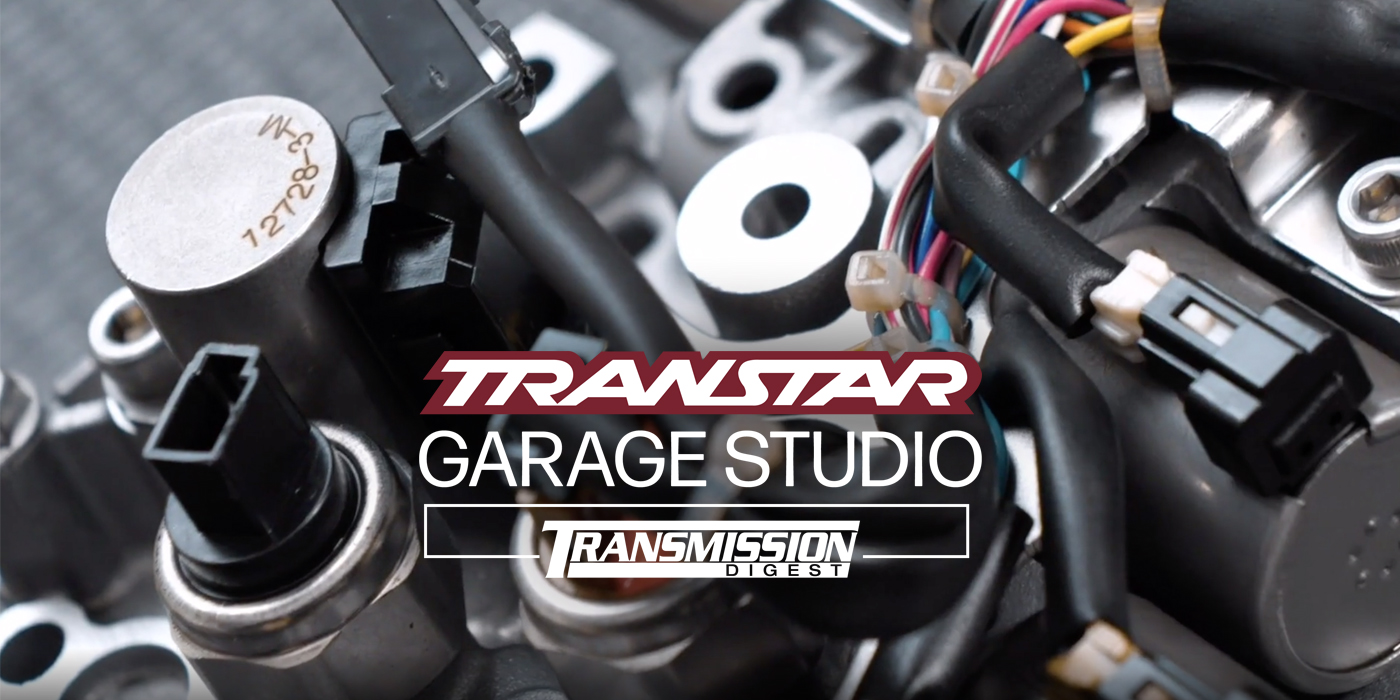
Diagnostics vs. Repair Roles
Being relatively new to transmission diagnostics, I’m always learning new techniques to try and simplify the process. However, at times it still can be overwhelming. After my years as a reman plant worker and R&R technician, I find there is more of a mechanical approach in the transmission repair field compared to the electrical side
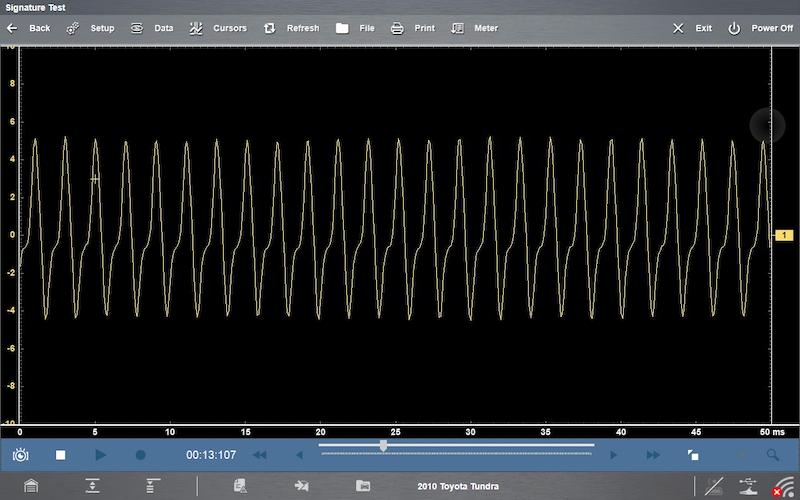
Solenoid Testing Machine
Hydra-Test’s new machine is enhanced with expanded features.
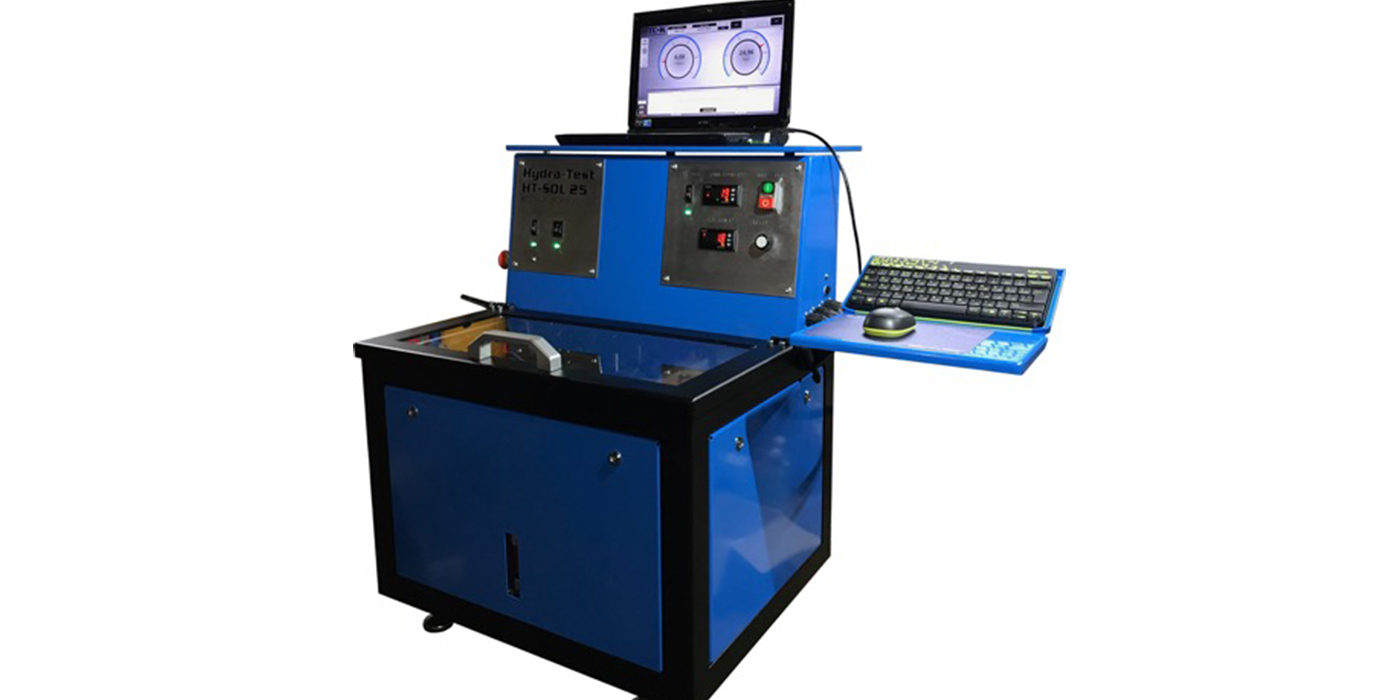
Use TSB’s in Your Diagnostic Routine
When diagnosing today’s complex vehicles, we have a wealth of information at our disposal. How we use that information is crucial in making the correct diagnosis the first time, every time. In some cases the diagnosis may be cut and dry (fluid is burnt, the pump is whining, and the vehicle will not move). In other cases, the diagnosis may not be as easy, or worse; we may “think” or “assume” we already know the problem.

Get all info the customer has before starting
I have covered some general concerns that have arisen from aftermarket tuning devices and software in a couple of previous articles. I don’t want to sound like I just keep repeating myself, but the problems keep coming through the doors making this an ongoing relevant discussion. I don’t know if it’s just because I am more aware of these issues and maybe look for them more than some folks do, but somehow these vehicles find their way to our shop after the customer has been bounced around from shop to shop before they get referred to us. In this article I am going to cover one specific issue that I had ran into a few months back.
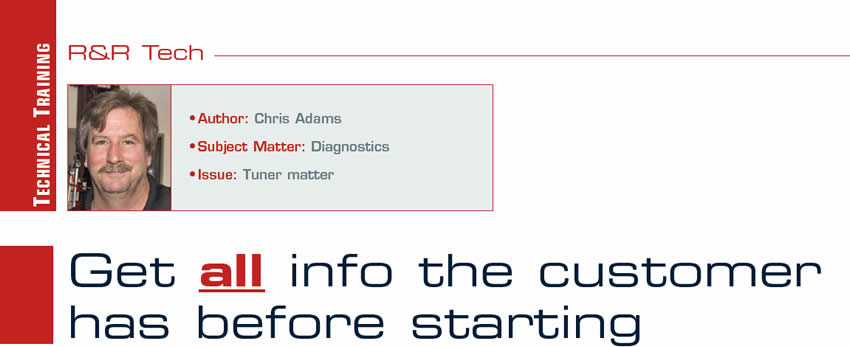
Diagnosing Shifting Issues
One of the best and easiest tools that I use almost daily for diagnosing transmission problems is Passbook or application-chart information. When I have a shifting issue, a review of what solenoids and friction elements are applied in each gear can let me see what areas of the transmission the problem may be caused by, so I can then differentiate whether there is an electrical or mechanical issue causing the symptoms.
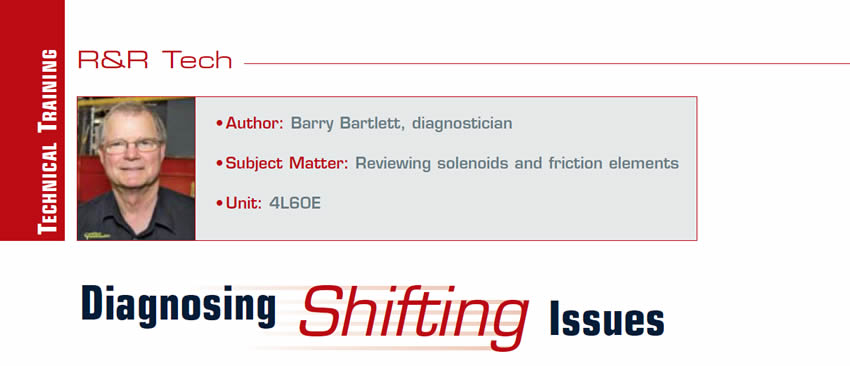
Mr. DIY Ninja fails to master intricate wiring
One typical Tuesday a customer brought his 09G-equipped 2004 VW Beetle into our shop early in the morning. He stated that his 6 speed automatic transmission “… jerks on downshifts when warm, and the engine revs up on upshifts while driving on the highway. It also slams into gear on occasion.” Sounds like a fun one, so I prepared to duplicate, verify, and diagnose the issue.
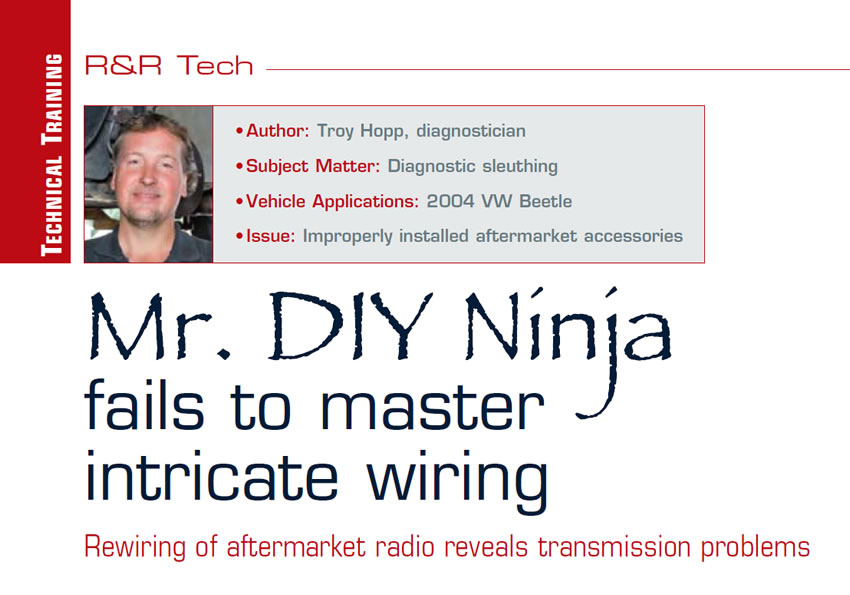
Information: The Keys to the Kingdom – or Getting It Right the First Time
Repairing, rebuilding and remanufacturing a transmission require many levels of skill. Proper diagnosis, adequate road testing and close, in-depth inspection are all required to ascertain what is not working and what needs to be fixed. All of this starts with INFORMATION.
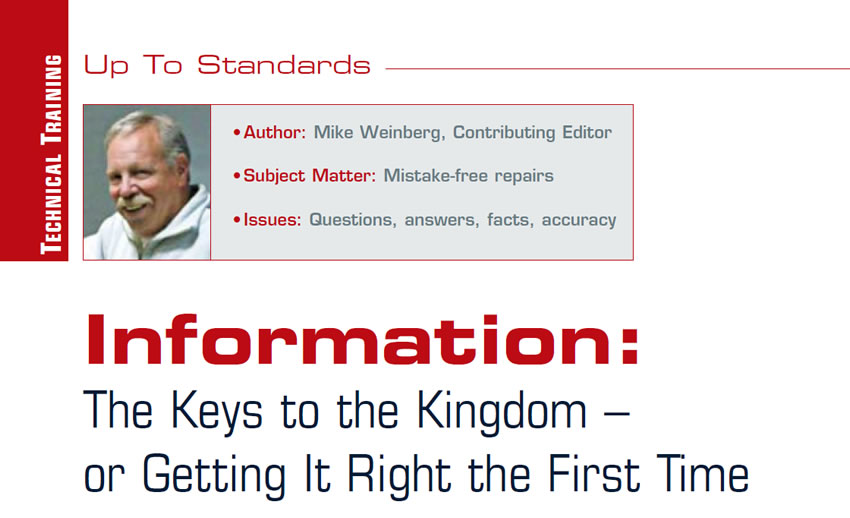
Outta Sight!
We’ve all had to chase intermittent vehicle issues. What makes them so challenging is that you can’t fix what you can’t see. Sure enough, it always seems that the concern disappears when you’re trying to diagnose the issue in your bay.
This story is a similar case. We were diagnosing a 2002 Dodge Grand Caravan with a 604 transmission and 3.8L engine. Six months prior, the vehicle owner contacted us and said that the transmission would not shift and was starting off in 2nd gear. By the symptom description, the unit was likely going into failsafe mode. We scheduled an appointment, but the customer was a no-show.
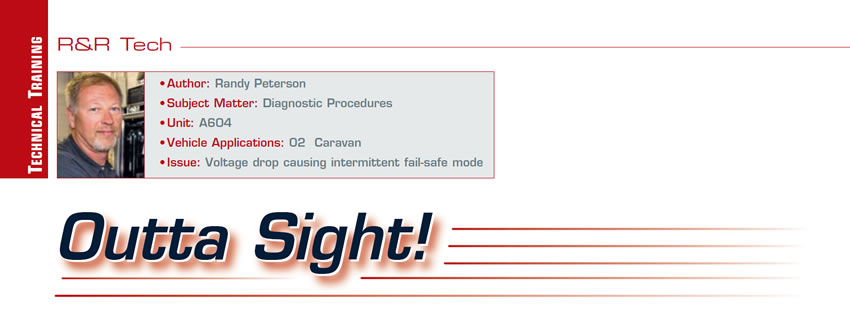
Chasing Bearing Noise in the JF011E CVT
Bearing noises can be difficult to track down even in familiar transmissions which we work on daily. The advantage of the familiar is that we know how to take these units apart and have a general idea of power flow and overall operation–plus, we typically have plenty of extra pieces on the shelf should we need them. Bearing noises in the CVT transmission are much harder to deal with, because we’re not as familiar with it as the units rolling in the door on a daily basis and spare CVT pieces are pretty much non-existent. This has created some minor paranoia when it comes to taking on a CVT repair. Hopefully this article will dispel a bit of the apprehension regarding these units and prove that–with the right tools and a little know-how–CVTs can be repaired and become decent money makers for a shop.
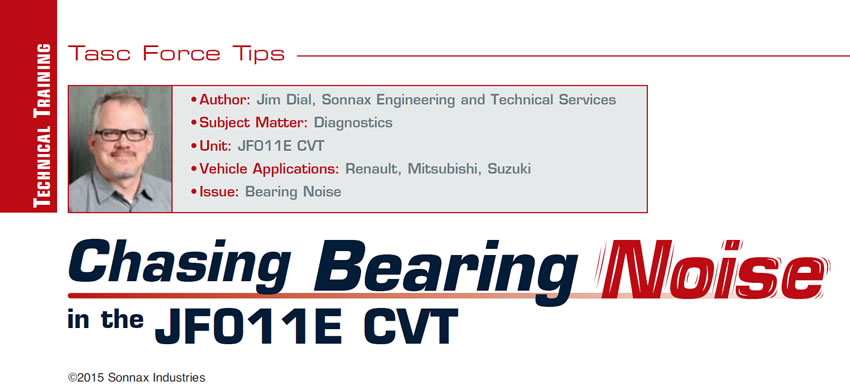
Tests Confirm Uneasy Feeling about Diagnosis
When was the last time you had a customer bring you their vehicle – along with a part – and ask you to install it? On occasion, I have a customer ask me to do just that, and it is often large, used and costly to purchase new – such as an engine, transmission or differential. This was the case recently when my friend Jim had his 2002 Pontiac Grand Prix GT towed to our shop; he also had a used automatic transaxle delivered from a local, reputable used-parts supplier.
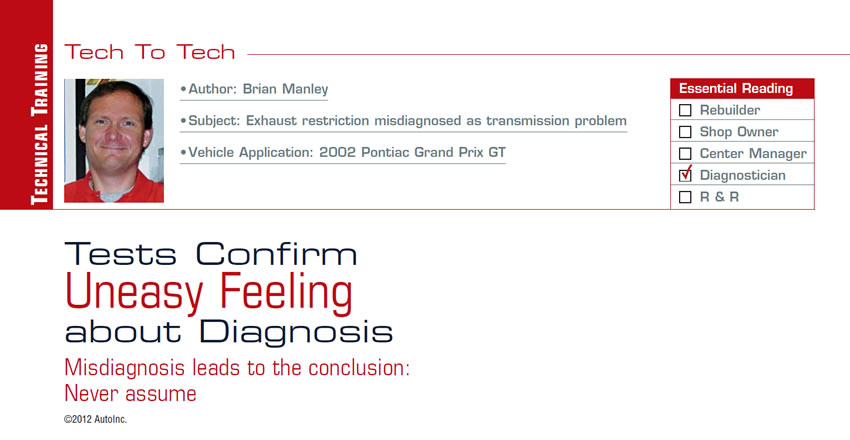
Automatic-Transaxle Tales: What is the ‘Right’ Repair?
When a 1998 Honda Accord rolled into my shop with a customer concern of “poor shifting,” I thought a moment before saying “Yes.” I began with a fluid check and a test drive, finding that the shifting was indeed “poor.” I followed the test drive with a thorough visual inspection above and below the vehicle (Figure 1), and I wondered just how many possible causes could exist for this shifting issue.
